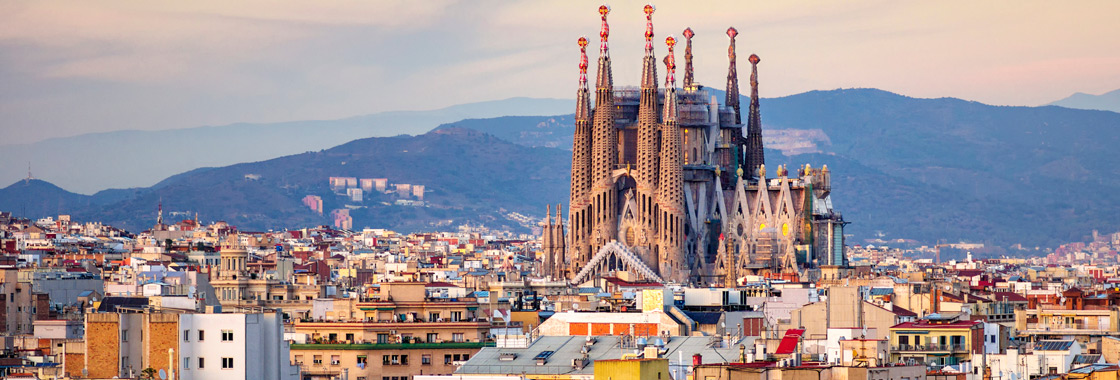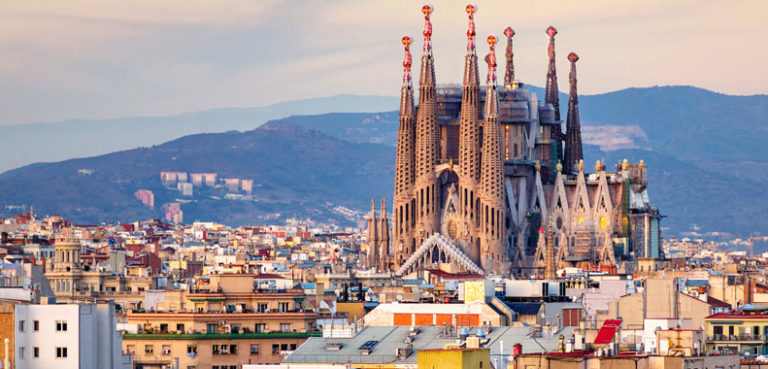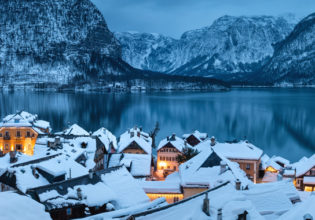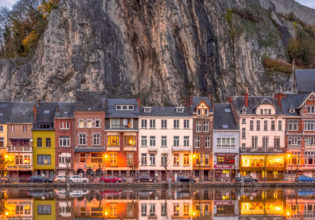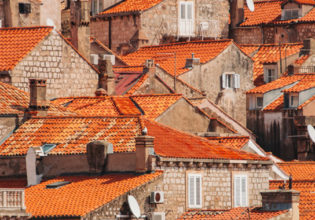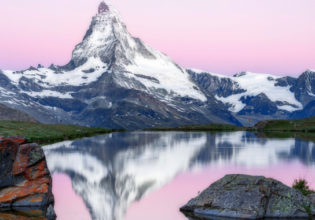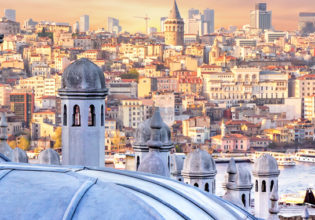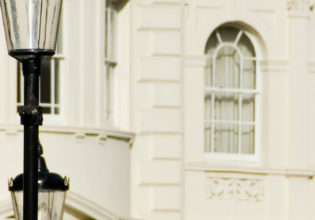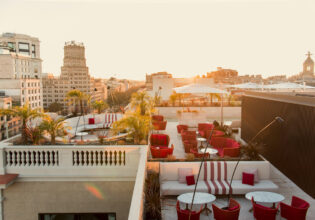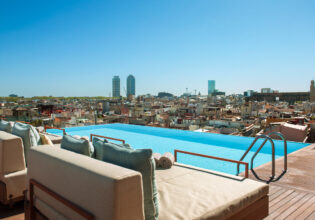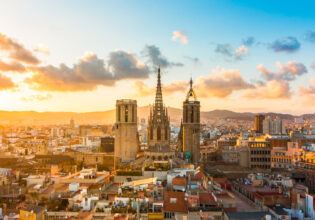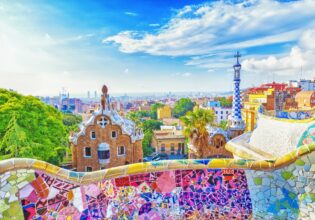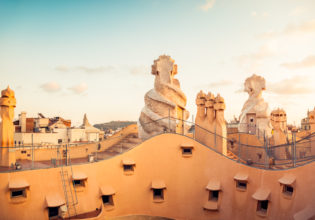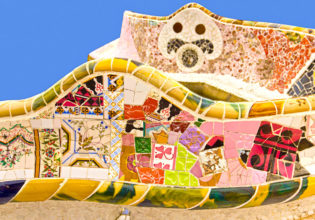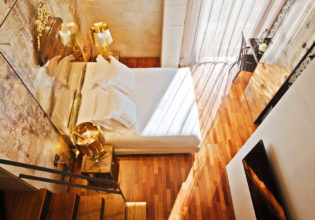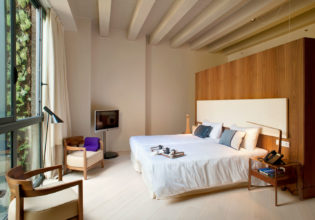With a plethora of architecture to marvel at, plenty of souvenirs to collect and a variety of delicious Spanish fare to fill your belly, you won’t run out of things to do in Barcelona.
Hans Christian Anderson once described Barcelona as the ‘Paris of Spain’, but it has a personality all of its own, as a simple stroll down La Rambla – the city’s main thoroughfare – shows.
Here you’ll find beautiful architecture (including the grand theatre) and the chance to watch thousands of locals going about their daily business.
The Gothic Quarter, or Barri Gotic, is the ancient heart of the city. Originally a Roman village, it is where locals and tourists throng to shop and eat and pray and stroll.
Barcelona’s charm and culture can be found in its many markets, from fresh food to flea.
Ninot is full of colour, flavours, texture and fun. There are a lot more locals here (and less tourists) than Boqueria on Las Ramblas. One of the oldest markets in the city, built in 1888 in the lovely Eixample District, Concepció flower market overflows with lush greenery and heady blooms day and night. For quaint secondhand items, Sant Antoni and Els Encants Vells are also well worth a look.
If any one person has stamped their personality and creative vision so completely on a city, it is Antoni Gaudí on Barcelona.
The Catalan city is liberally dotted with the architect’s distinctive fantastical version of Art Nouveau.
His design tour de force is the Sagrada Família, an opulent cathedral started in 1882 and still unfinished today.
Park Guell is another space stamped by the fantastical imagination of Gaudi; it is a park like no other, inhabited by weird and wonderful mosaic creatures and boasts gorgeous views of the city from the brightly tiled terrace.
Casa Batllo, another Gaudi wonder was built between 1904 and 1906 and is now a museum to his distinctive swirly, trippy style.
And for something not designed by Gaudi, the Picasso Museum celebrates the works of one of Spain’s most famous sons (who lived in Barcelona for a time) with a stunning and expansive collection of his works.
The incredibly fast-moving Flamenco is often considered Spain’s national dance, however in the Catalan region the traditional dance is the Sardana, performed by a number of people in a circle to a band of 10 wind instruments.
It dates back as early as the 16th century and, as the symbol of Catalan culture, it was even banned during the Spanish Civil War. Head to the Catedral de Barcelona to see locals perform the Sardana on Saturday evenings and Sundays at noon.
Obviously another huge drawcard in Spain is the food. We’ve compiled a handy guide of the best things to eat in Barcelona to help you make the most of this culinary wonderland.
When it comes to choosing accommodation, there are plenty of boutique gems to fall in love with. Part of the Derby Hotels Collection of boutique hotels owned by developer, collector and scholar Jordi Clos, Hotel Claris is one of those little gems that you can’t help but congratulate yourself on finding.
Another great find is the Mercer Hotel Barcelona, where designers have combined ancient Roman walls with classic Catalan arched doors, cool stone patios and sleek finishes.
